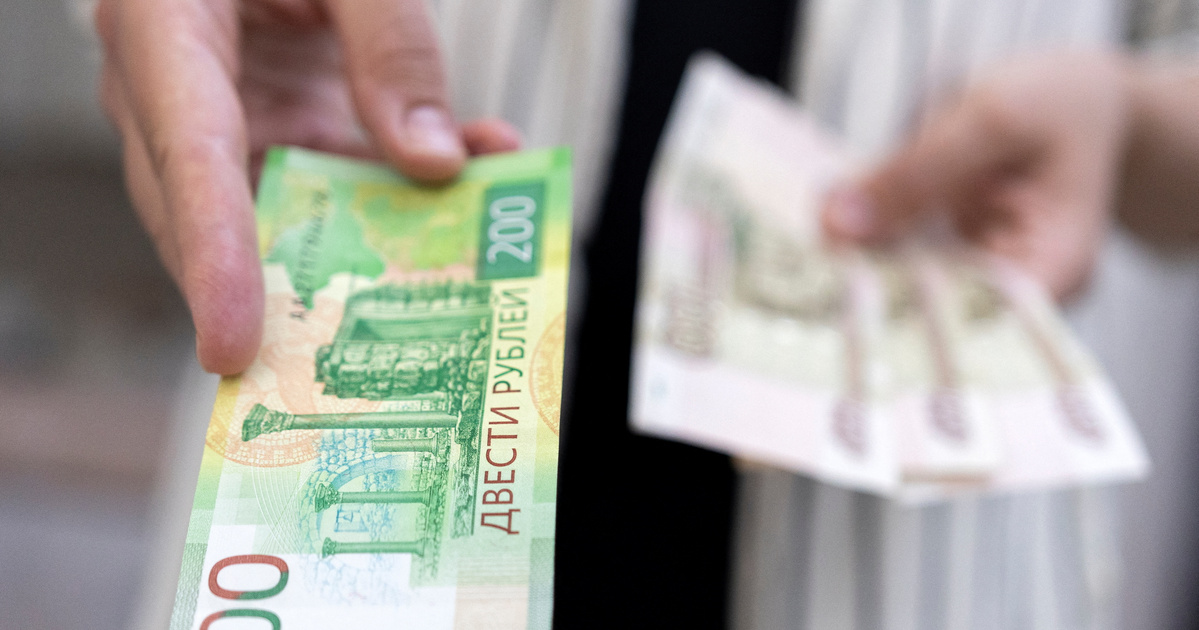In response to the Russian invasion of Ukraine on February 24, 2022, Western countries and their allies imposed sanctions on Russia, in the framework of which it excluded the country from the global financial system. Russia has obtained permission from the United States to settle its outstanding foreign debt. However, this permit was only valid until the previous month, wrote Reuters.
A European supervisor called CDDC, of which banks and trustees are members, said he voted yes on the question of whether Russia had defaulted on its loans.
Citibank was the only one to vote against it, while 12 other members supported the move.
The subject of the vote was that one of the Russian government bonds expired on April 4, but the principal and interest were paid at maturity only on May 2. Russia was supposed to continue paying interest for the period between the two dates, leaving policyholders an additional $1.9 million for that period.
The policyholders then asked the CDDC to determine whether Russia’s default qualifies as a default insurance payment or credit default swap (CDS).
The panel, which includes Goldman Sachs, Bank of America, Deutsche Bank, Elliott Management and Pimco, found that the default occurred on May 19 and that a request for resolution was filed on May 26. Citibank did not vote more.
The committee will meet again at 2pm London time on 6 June to discuss how the additional CDS fees for Russia will be determined.
JPMorgan estimates that there is currently $2.54 billion in default swaps against Russia, of which $1.68 billion is at direct country risk and the remainder is in the CDX.EM Index.
“For credit swap contracts, a default occurs when the decision-making committee votes on a credit event like the one that just happened,” said Gabriel Foa, portfolio manager at Algebris Global Credit Opportunities Fund.
This is a very small amount, so the definition of default is purely technical. If foreign investors are unable to receive dollars from Russia from May 25, the amount of default could be much higher soon.
he added.
The broader default may be due to the possible non-payment of the June 24 interest coupon of 1998 bonds. Russia’s international bond portfolio is less than $40 billion and is expected to repay nearly $2 billion by the end of the year.
Moscow has its own assets to avoid bankruptcy, having had nearly $650 billion in gold and currency reserves before the so-called “special military operation” invaded Ukraine, and is making billions of dollars a week in oil and gas sales. Russian Finance Minister Anton Siluanov said last month that if the United States blocks other options, Moscow will fulfill its ruble foreign debt obligations and will not mistakenly consider itself insolvent because it has the necessary means of payment. However, not all bonds allow Russians to pay in rubles.
Russia has announced that it may expand the system used to pay for gas to government bond holders, allowing eurobond investors to open accounts in foreign currency and Russian rubles. The funds will be distributed to the beneficiaries through the Russian National Settlements Depository (NSD). NSD is not affected by Western sanctions.
Russia’s dollar-denominated foreign currency bonds rose 1 to 2.5 cents on Wednesday, according to Refinitiv. However, they are in a very difficult situation, as the exchange rate of their currency is currently between 19 and 30 cents.
(Cover photo: Woman holding Russian ruble banknotes in hand. Photo: Dado Rovich/Reuters)






